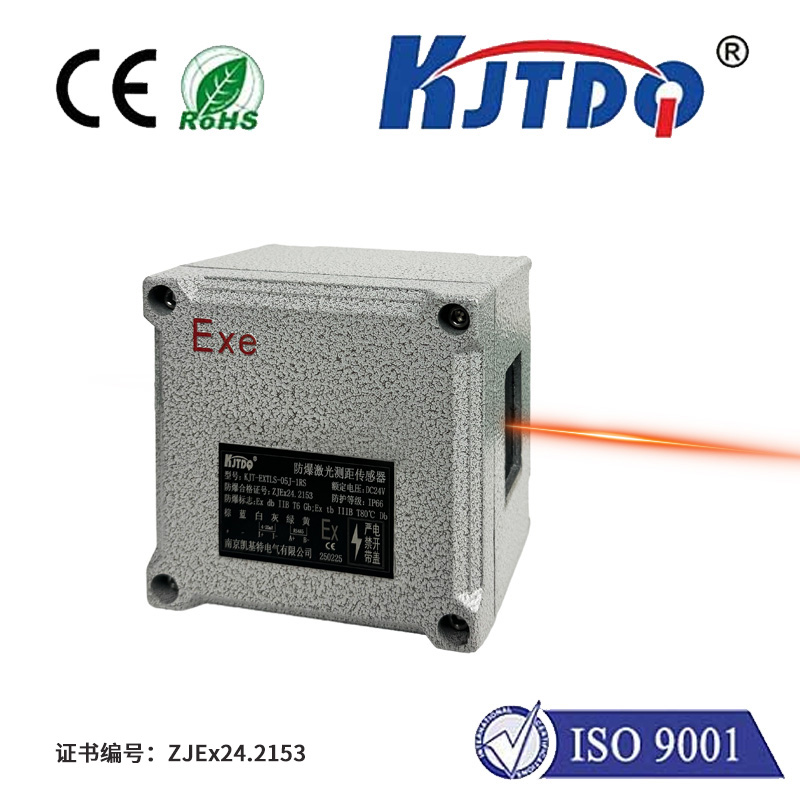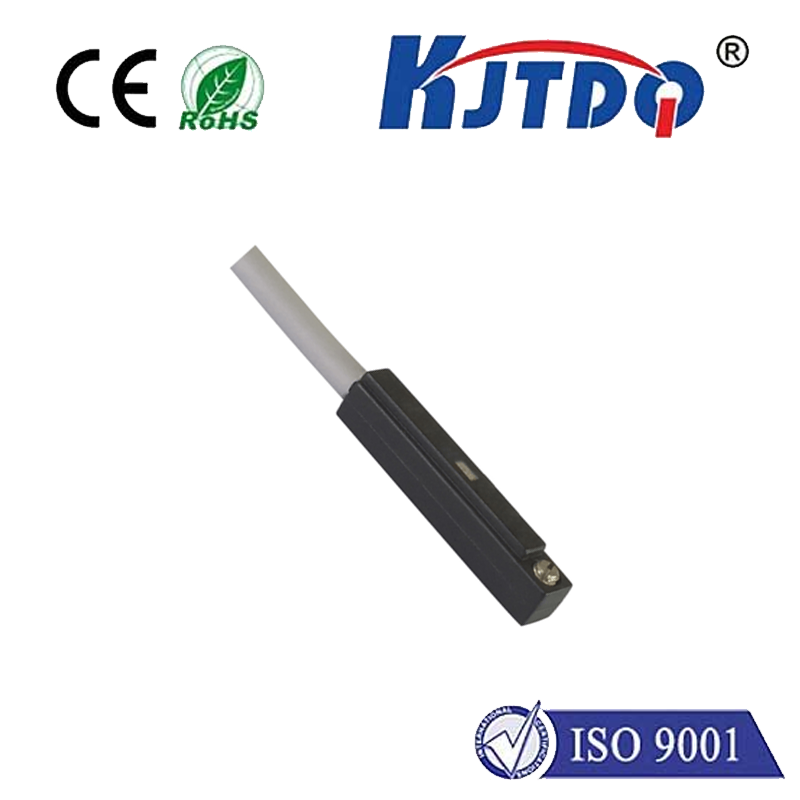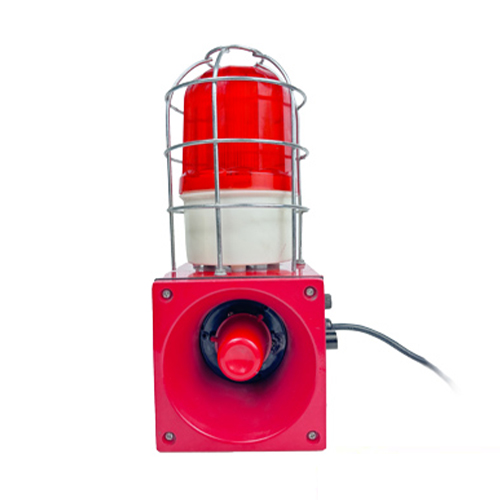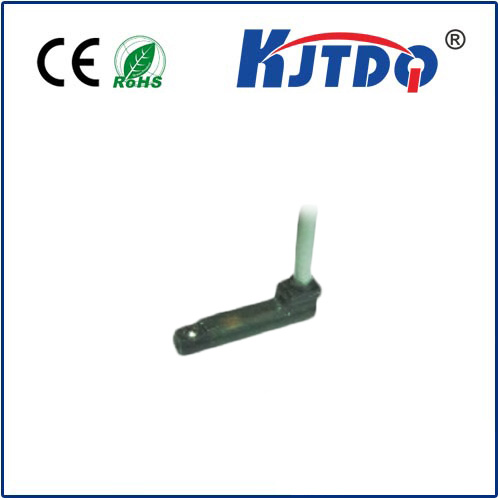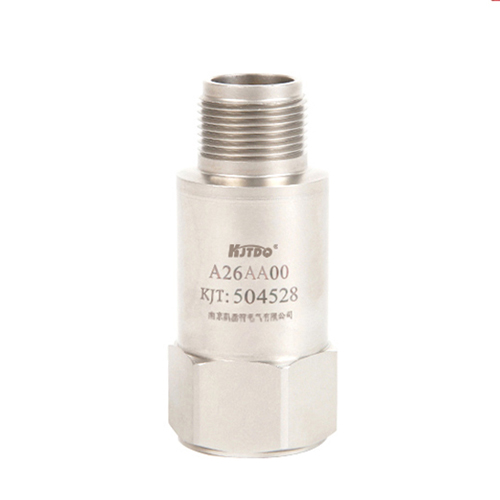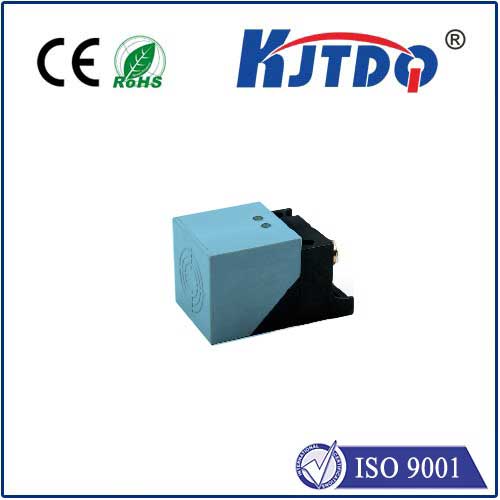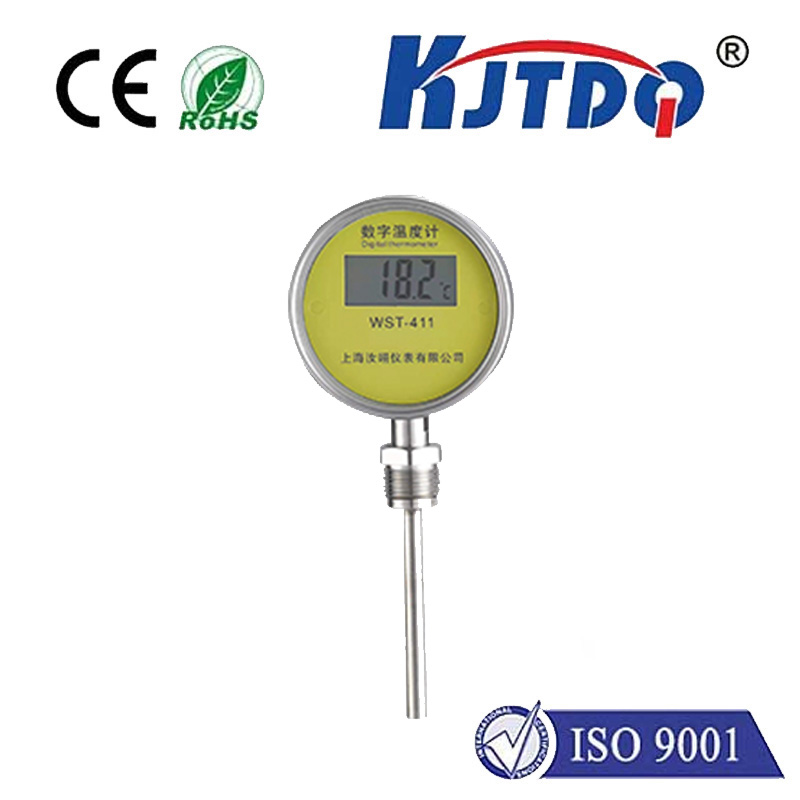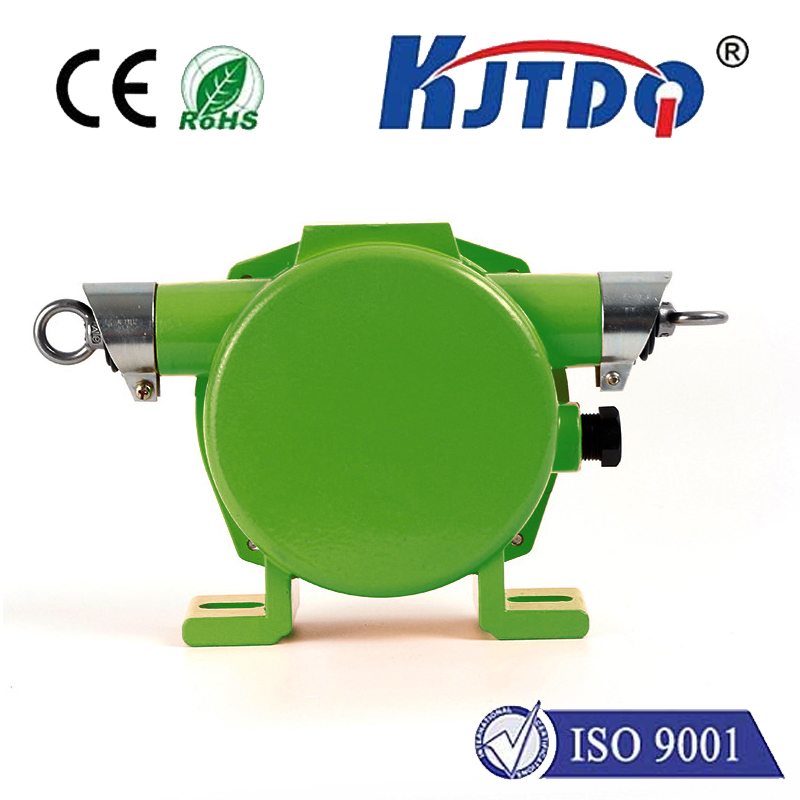distance measuring sensors
- time:2025-09-08 18:07:31
- Click:0
Distance Measuring Sensors: The Invisible Eyes Shaping Our World
From the moment your smartphone automatically adjusts screen brightness to the complex dance of robots on a factory floor, an unseen technology is constantly at work: distance measuring sensors. These remarkable devices, operating silently and precisely, provide the crucial spatial awareness that powers automation, enhances safety, and enables countless conveniences in our modern lives. This article delves into the world of these sensors, exploring their types, applications, and the factors driving their evolution.
The Fundamental Quest: Knowing “How Far?”
At their core, distance measuring sensors answer a deceptively simple question: How far away is that object? They achieve this by emitting some form of energy – be it sound waves, light (visible or infrared), or radio waves – towards a target and then analyzing the returning signal. The key measurement principle often boils down to calculating the Time-of-Flight (ToF): the duration it takes for the emitted signal to travel to the object and back. Knowing the speed of the signal (like the speed of light or sound), the distance can be accurately derived using the formula: Distance = (Speed of Signal x Time-of-Flight) / 2. Other methods, like triangulation or phase-shift measurement, are also employed depending on the sensor technology.
A Spectrum of Sensing Technologies

No single sensor fits all scenarios. The choice depends heavily on the required range, accuracy, resolution, target material, environmental conditions, and cost. Here’s a look at the most prevalent types:
- Ultrasonic Sensors: These workhorses emit high-frequency sound pulses and measure the echo’s return time. They are robust, relatively low-cost, and perform well detecting a wide variety of materials, even in dusty or foggy conditions where optical sensors might struggle. However, they have limitations in range (typically centimeters to several meters) and can be affected by temperature and air turbulence. Common uses include parking assist systems, liquid level sensing, and object detection on conveyor belts.
- Infrared (IR) Sensors (Proximity & Distance): IR sensors often use simple triangulation for short-range proximity detection (e.g., automatic faucets, phone screen dimming). More advanced IR Time-of-Flight (ToF) sensors emit modulated IR light and measure the phase shift of the reflected light to calculate distance. These offer good accuracy at short to medium ranges (centimeters to ~10 meters) and are compact, making them popular in robotics, gesture recognition, and some drones. Performance can degrade in direct sunlight.
- Laser Distance Sensors (LiDAR & Laser ToF): This category represents high precision. Laser rangefinders often use pulsed laser light and precise ToF measurement for long distances (meters to kilometers), used in surveying, forestry, and construction. LiDAR (Light Detection and Ranging) systems rapidly scan laser pulses across an area, creating detailed 3D point clouds. This technology is fundamental for autonomous vehicles, advanced robotics navigation, mapping, and industrial automation requiring high-resolution spatial awareness. While offering unparalleled accuracy and range, they are typically the most expensive option. LiDAR is revolutionizing how machines perceive and interact with complex environments.
- Laser Triangulation Sensors: These emit a laser dot onto a target. A receiving lens (positioned at a known angle to the laser) images the dot onto a position-sensitive detector (like a CCD/CMOS array). The position shift of the dot on the detector correlates directly with the target’s distance. They excel at high-speed, high-resolution measurements of reflective surfaces at close ranges (millimeters to meters), crucial in industrial quality control (thickness, profile, vibration measurement).
- Millimeter Wave Radar Sensors: Emitting radio waves in the millimeter wavelength, these sensors are exceptionally robust against environmental challenges like rain, fog, dust, snow, and darkness. They can measure distance and often relative speed, making them indispensable for advanced driver-assistance systems (ADAS) like adaptive cruise control and blind-spot detection, as well as industrial applications in harsh environments. Range can extend hundreds of meters.
Ubiquitous Applications: Where Distance Sensors Make a Difference
The applications are vast and growing exponentially:
- Automotive: Parking sensors, blind-spot monitoring, adaptive cruise control, automatic emergency braking, and the perception systems of autonomous vehicles rely heavily on ultrasonic, radar, camera vision, and LiDAR.
- Industrial Automation: Precise positioning of robotic arms, object detection on assembly lines, palletizing, filling level control, quality inspection (measuring dimensions, gaps), AGV (Automated Guided Vehicle) navigation, and collision avoidance systems.
- Robotics: Essential for simultaneous localization and mapping (SLAM), obstacle avoidance, navigation, and interaction with the environment (domestic robots, industrial arms, exploration robots).
- Consumer Electronics: Autofocus in cameras, screen dimming/proximity detection in phones, gesture control, robotic vacuum cleaners, drones (altitude hold, obstacle avoidance), and smart home devices (automatic doors, lighting).
- Building Automation: People counting, occupancy detection for HVAC/lighting control, automatic door operation.
- Security & Surveillance: Intrusion detection, perimeter monitoring, virtual barrier setups.
- Healthcare: Patient monitoring (breathing patterns), non-contact measurement devices, assistive technologies.
Choosing the Right Sensor: Key Considerations
Selecting the optimal distance sensor requires careful evaluation:
- Required Range & Accuracy: What are the minimum and maximum distances needed, and how precise must the measurement be?
- Target Properties: What is the target made of (metal, plastic, liquid, transparent)? What is its color, reflectivity, and surface texture? Does it move, and how fast?
- Environmental Conditions: Will the sensor face dust, moisture, fog, rain, extreme temperatures, vibrations, or strong ambient light? Environmental resilience is often critical.
- Update Rate/Speed: How quickly must the sensor provide new distance readings? (Crucial for high-speed robotics).
- Field of View/Beam Pattern: How wide or narrow does the detection area need to be? (A wide beam detects presence over an area; a narrow beam gives precise point measurement).
- Size, Power Consumption, and Cost: Physical constraints, power budgets, and project economics are always factors.
- Interface & Output: What type of signal output is needed (analog voltage, current, digital like I2C/SPI/UART)?
The Horizon: Smarter, Smaller, More Integrated
The future of distance sensing is bright. We are seeing trends towards:
- Miniaturization: Smaller sensor packages enabling integration into more compact devices (wearables, micro-robots).
- Improved Performance: Higher accuracy, longer range, and faster update rates across all technologies.
- Lower Cost: Making advanced sensing (like solid-state LiDAR) accessible for broader applications.
- Sensor Fusion: Combining data from multiple sensor types (e.g., camera + LiDAR + radar) to overcome individual limitations and create a richer, more reliable environmental model. Sensor fusion is key to robust perception systems.
- Integration with AI: Using machine learning algorithms to enhance data interpretation, object classification, and predictive capabilities directly at the sensor or edge level.
- Solid-State LiDAR: Developing LiDAR systems without moving parts, increasing reliability and reducing costs for automotive and robotics applications.
Distance measuring sensors are the unassuming heroes enabling the intelligence and autonomy we increasingly expect from machines and systems. As these technologies continue to advance, becoming smaller, cheaper, smarter, and more robust, they will unlock even more sophisticated applications, further blurring the lines between the physical and digital worlds. Their ability to accurately and reliably answer the fundamental question “How far?” remains instrumental in shaping a future defined by automation,






